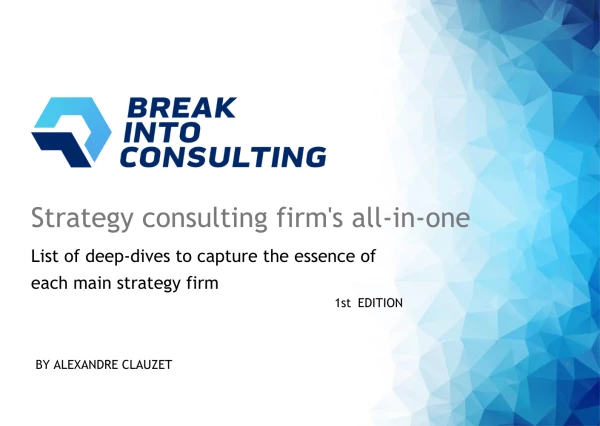Hello,
I find it hard to wrap my head around Break Evens where there is a limit on one of the costs (example below):
“What’s the minimum number of customers/month needed to cover trainer + fixed cost, if:
- Each trainer can handle 150 customers/month
- Each trainer is paid $3,000/month
- Fixed monthly cost (lease, marketing, admin) = $12,000/month
- Contribution per customer (after all direct costs) = $30
I've seen variations where people calculate it in blocks (i.e. Profit per coach) or to just model the entire thing (i.e. are we breaking even with one coach, two coach...)
The most efficient way I found so far is to just make it into an equation with customers as 'x' and then number of trainers as x/150 * 3000 to find the number. In works in this question but for others, I'll get a decimal which makes me double check the entire thing and needing to adjust for 1-2 units of the final answer
This is a real MBB question there are just so many ways to solve it - none seem 80/20 or effective enough
Thank you !







